When it comes to classic cars, Jaguar has produced some remarkable models that have stood the test of time. Yet, despite their elegance and engineering prowess, some of these classics don’t always get the recognition they deserve. Here’s a look at five classic Jaguars that merit more attention from car enthusiasts and collectors alike.
Jaguar Mark 2
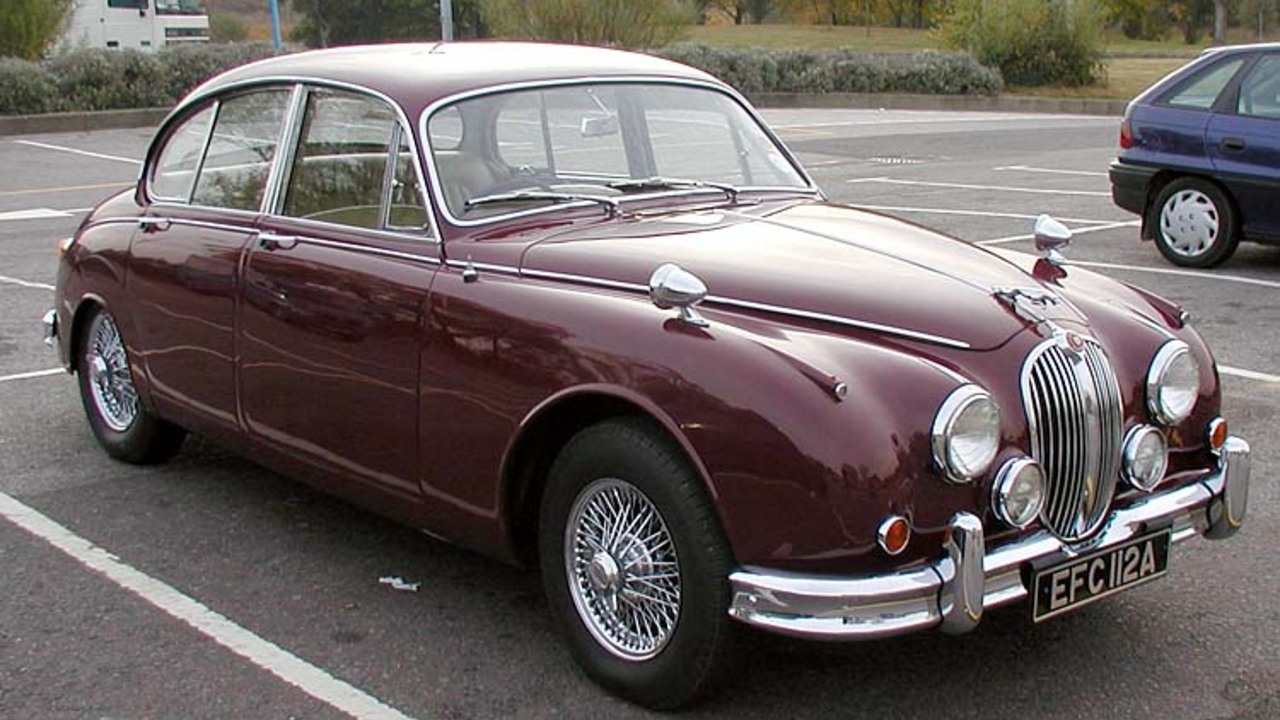
The Jaguar Mark 2, produced between 1959 and 1967, is often overshadowed by its famous sibling, the E-Type. However, this saloon car combines performance and luxury in a way that’s hard to ignore. With its curvaceous design and sporting pedigree, the Mark 2 was a favorite among racing enthusiasts and even found a place in the garages of celebrities like Steve McQueen and Enzo Ferrari.
Under its hood, the Mark 2 boasted a range of engines, the most famous being the 3.8-liter inline-six, which offered impressive power and agility. Its advanced suspension and disc brakes were ahead of its time, making it a joy to drive even by today’s standards. If you’re looking for a classic with a blend of performance and style, the Mark 2 deserves a closer look.
Jaguar XJ6 Series 1
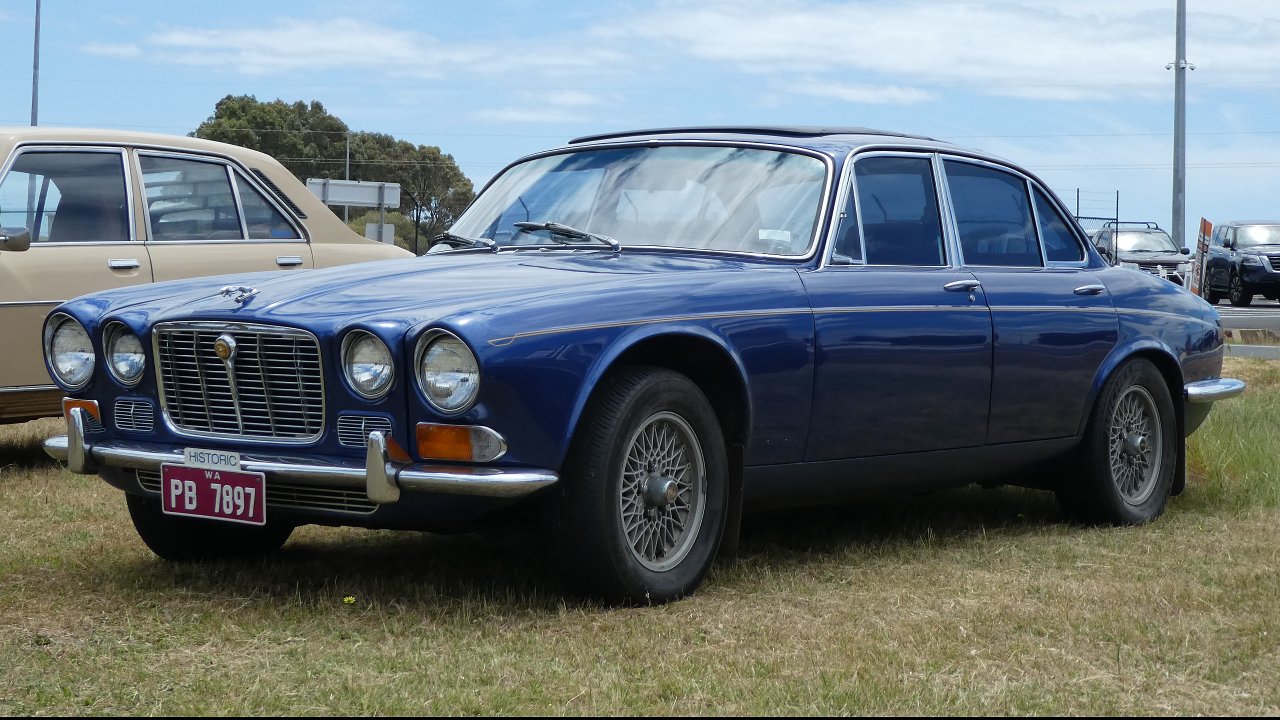
The Jaguar XJ6 Series 1, launched in 1968, marked a new era for the brand with its sophisticated design and revolutionary engineering. It was the first of the XJ line, setting new standards for luxury saloons with its smooth ride and quiet engine. Its introduction was a pivotal moment for Jaguar, showcasing their ability to blend comfort with performance.
Inside, the XJ6 Series 1 offered a plush interior with wood veneers and leather seating, exuding an air of opulence. Available with a 2.8-liter or 4.2-liter engine, it delivered a silky-smooth performance that made long journeys a delight. Despite its contributions to Jaguar’s legacy, the XJ6 Series 1 doesn’t always get the attention it rightfully deserves.
Jaguar XJ-S
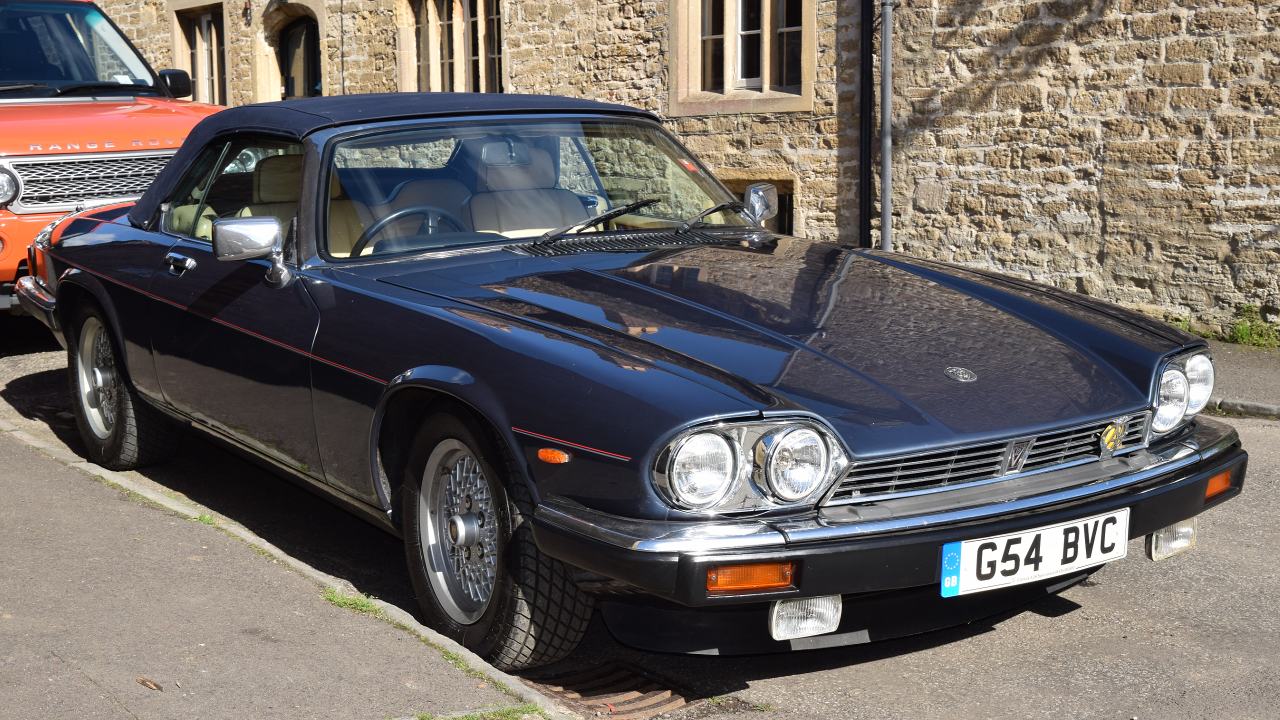
Often misunderstood, the Jaguar XJ-S, produced from 1975 to 1996, lived in the shadow of its predecessor, the E-Type. However, this grand tourer brought its own unique style and charm to the Jaguar lineup. Its elongated body and distinctive flying buttresses gave it a character that was both elegant and imposing.
Initially equipped with a 5.3-liter V12 engine, the XJ-S offered a smooth and powerful driving experience, which was later enhanced with more efficient engine options. Despite a slow start, the XJ-S gained popularity over the years and is now appreciated for its unique design and performance capabilities. It’s a classic that deserves more respect for its role in Jaguar’s storied history.
Jaguar XK150
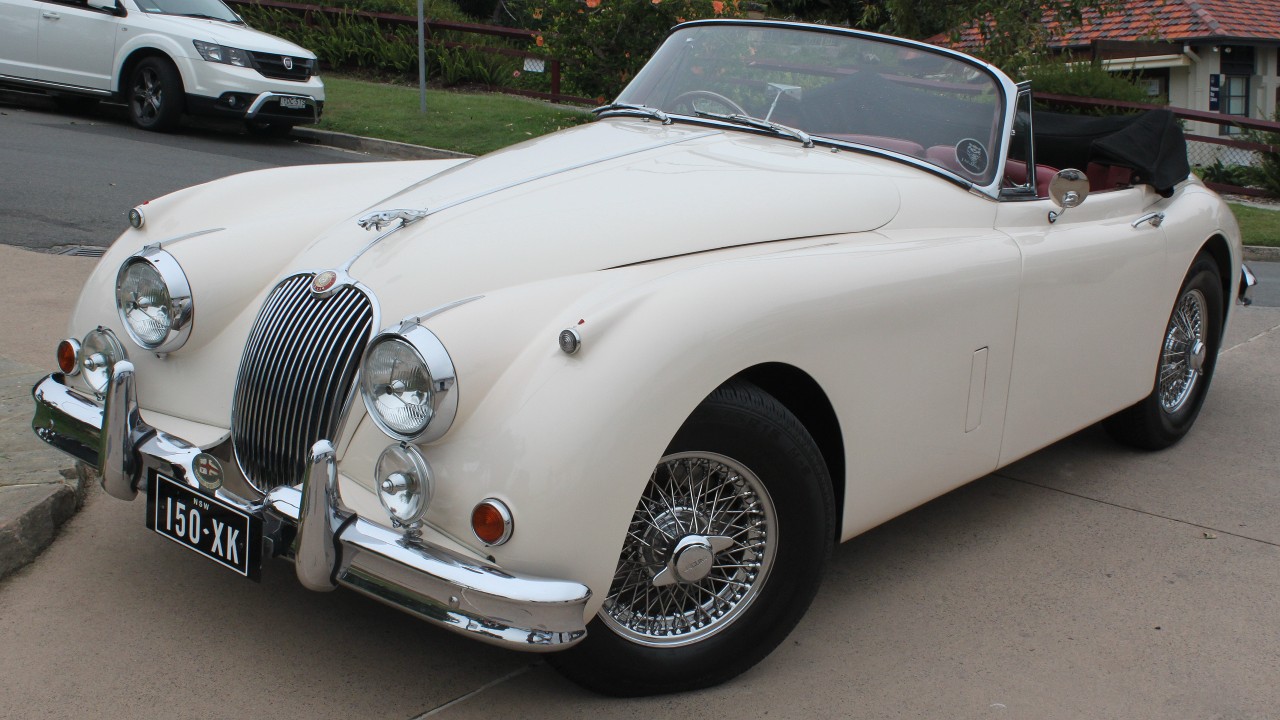
The Jaguar XK150, produced between 1957 and 1961, is another classic that often gets overlooked. As the final iteration of the XK series, it boasted several advancements over its predecessors, including a wider grille, improved brakes, and optional automatic transmission. These enhancements made the XK150 a more comfortable and versatile sports car.
Its performance was equally impressive, with the “S” version offering enhanced power output thanks to its triple-carburetor setup. Despite being less famous than the XK120 and XK140, the XK150 represented the pinnacle of the series’ evolution and remains a stunning example of mid-century British automotive engineering.
Jaguar S-Type (1963-1968)
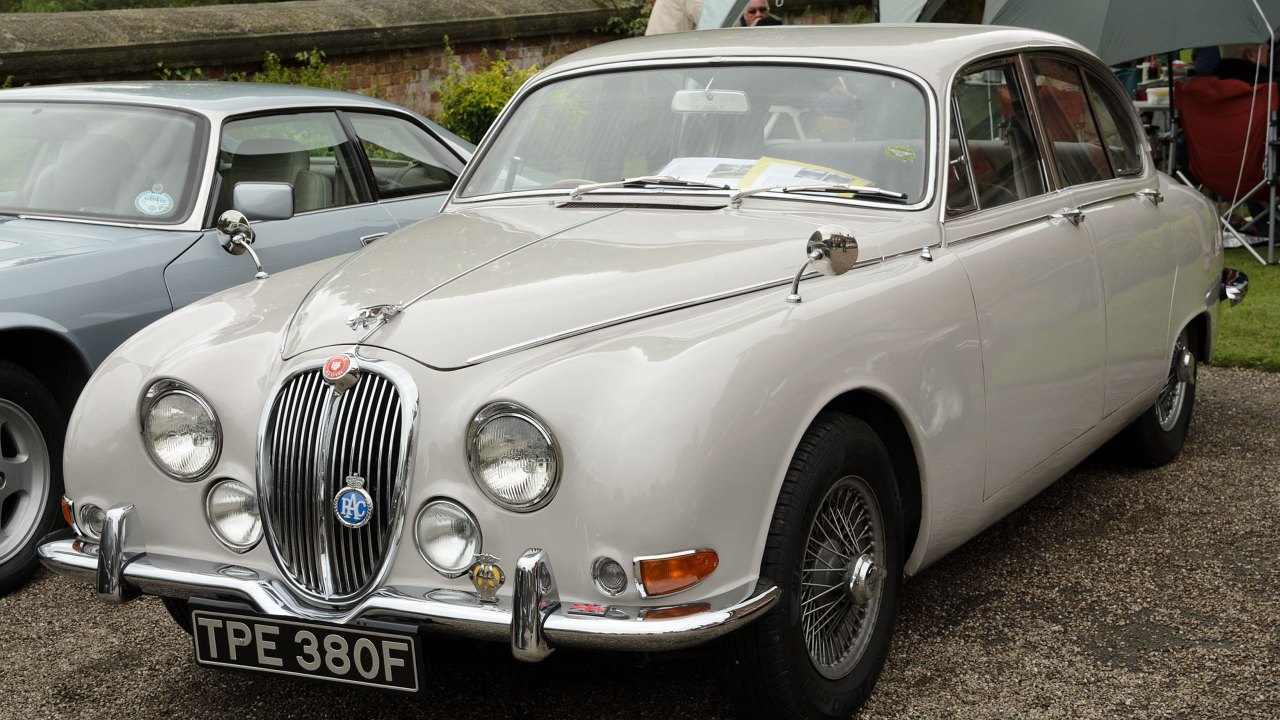
The original Jaguar S-Type, produced from 1963 to 1968, is often confused with its modern namesake but deserves recognition in its own right. It was essentially an evolution of the Mark 2, featuring independent rear suspension derived from the Mark X, which significantly improved handling and ride quality.
With engine options ranging from the 3.4-liter to the 3.8-liter inline-six, the S-Type offered spirited performance combined with luxurious comfort. Its spacious interior and refined styling made it a popular choice for executives and professionals. While it may not be as celebrated as other Jaguar models, the S-Type’s contributions to the brand’s prestige are undeniable.
Like Fast Lane Only’s content? Be sure to follow us.
Here’s more from us:
*Created with AI assistance and editor review.

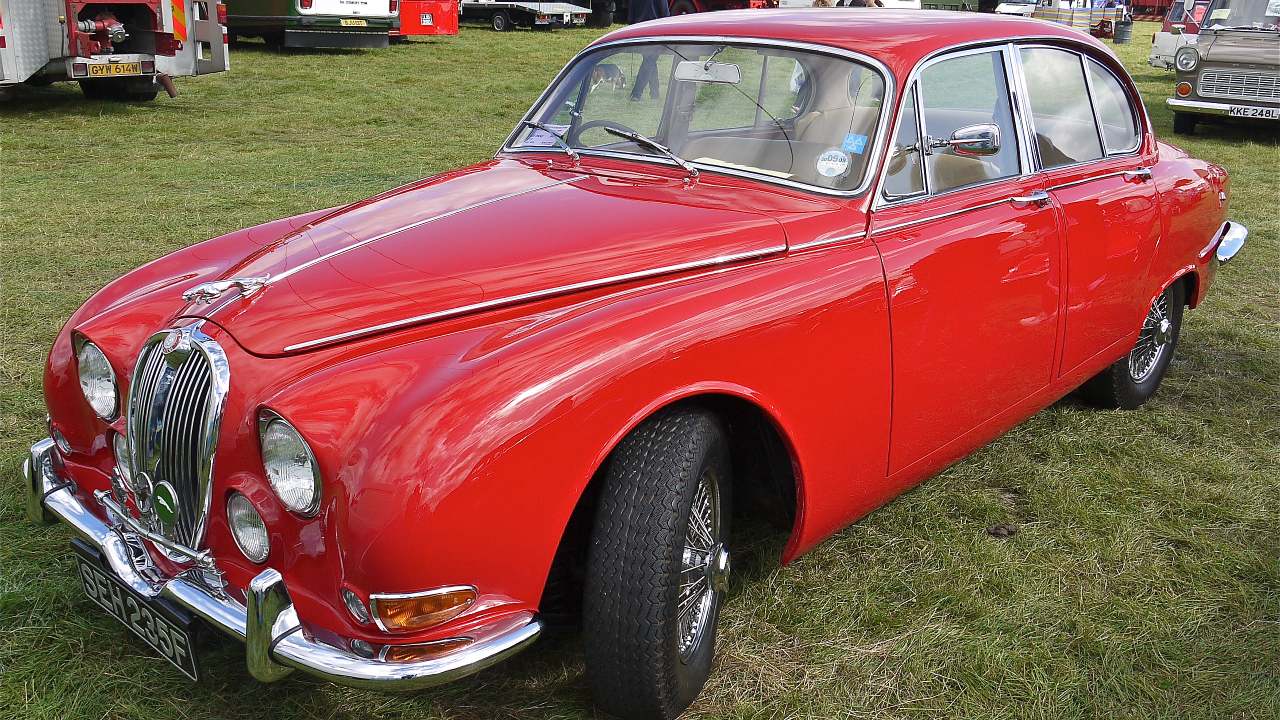
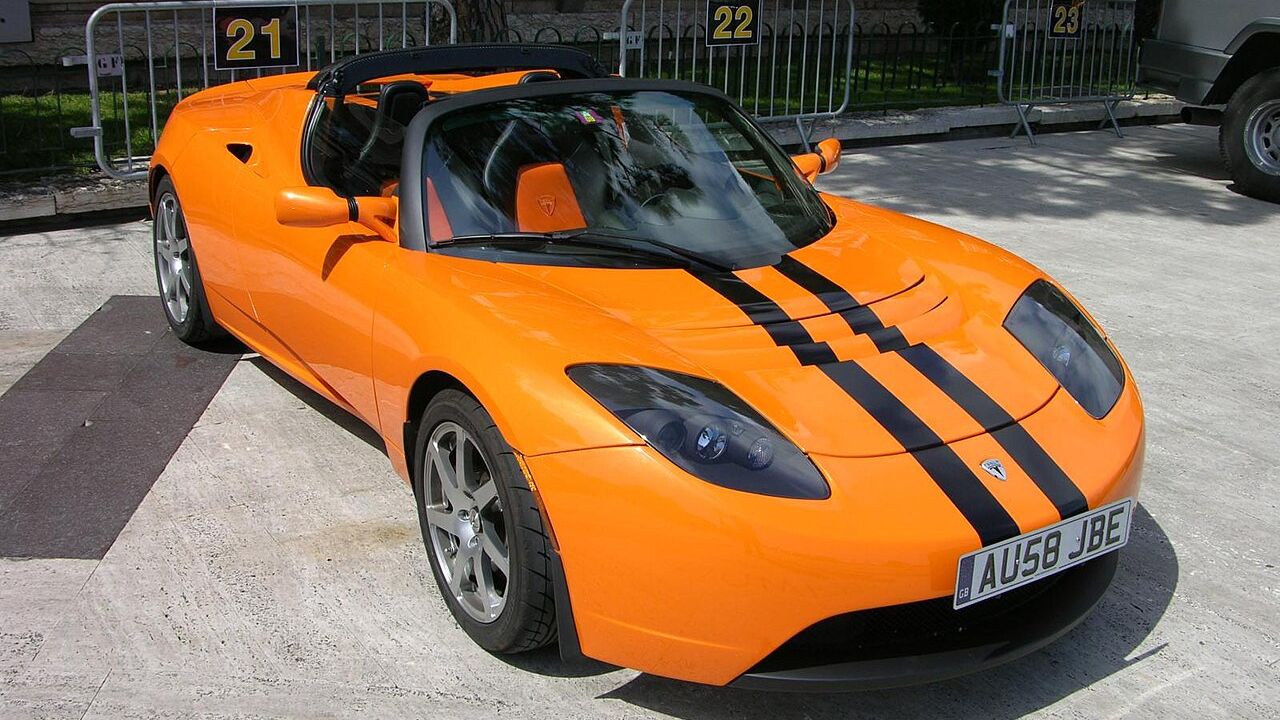
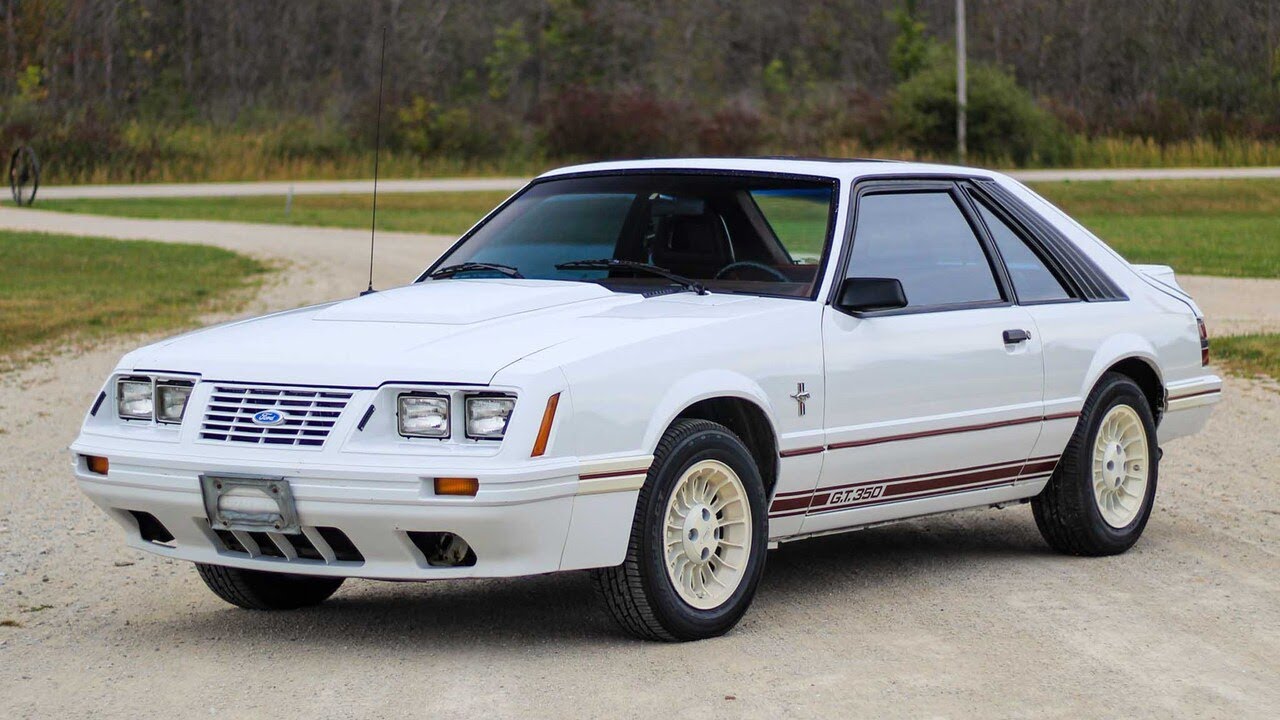

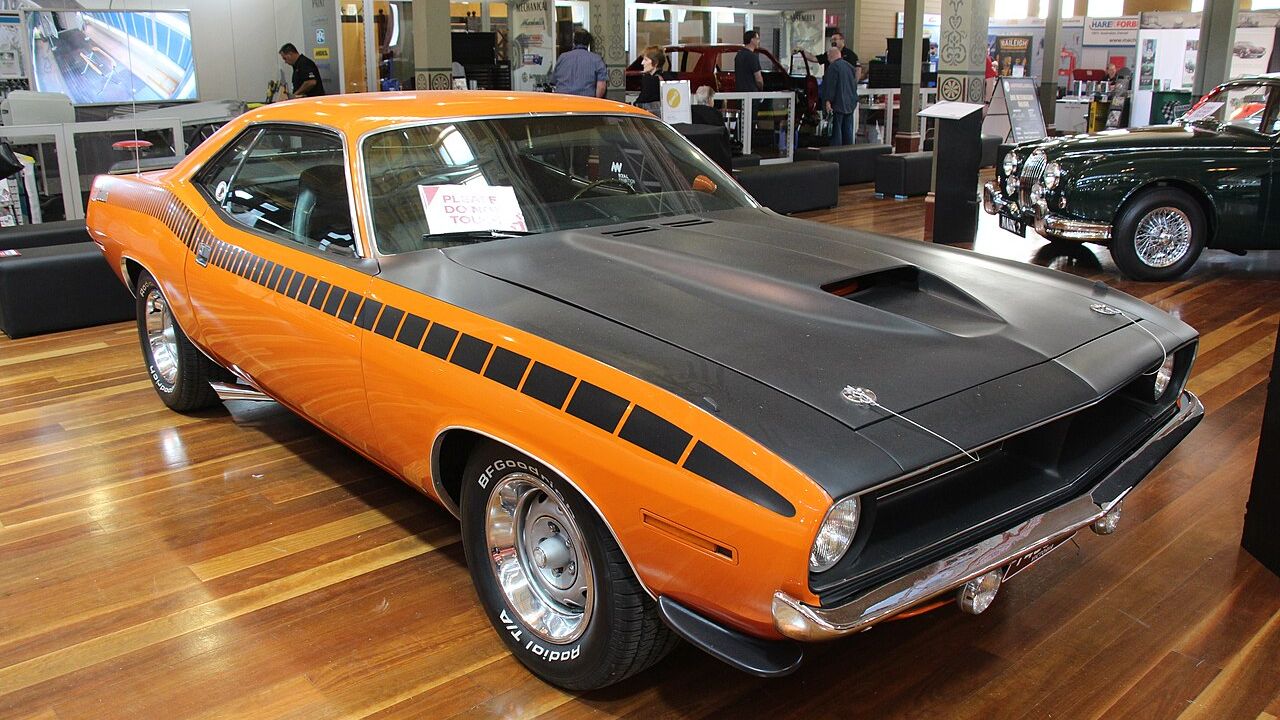
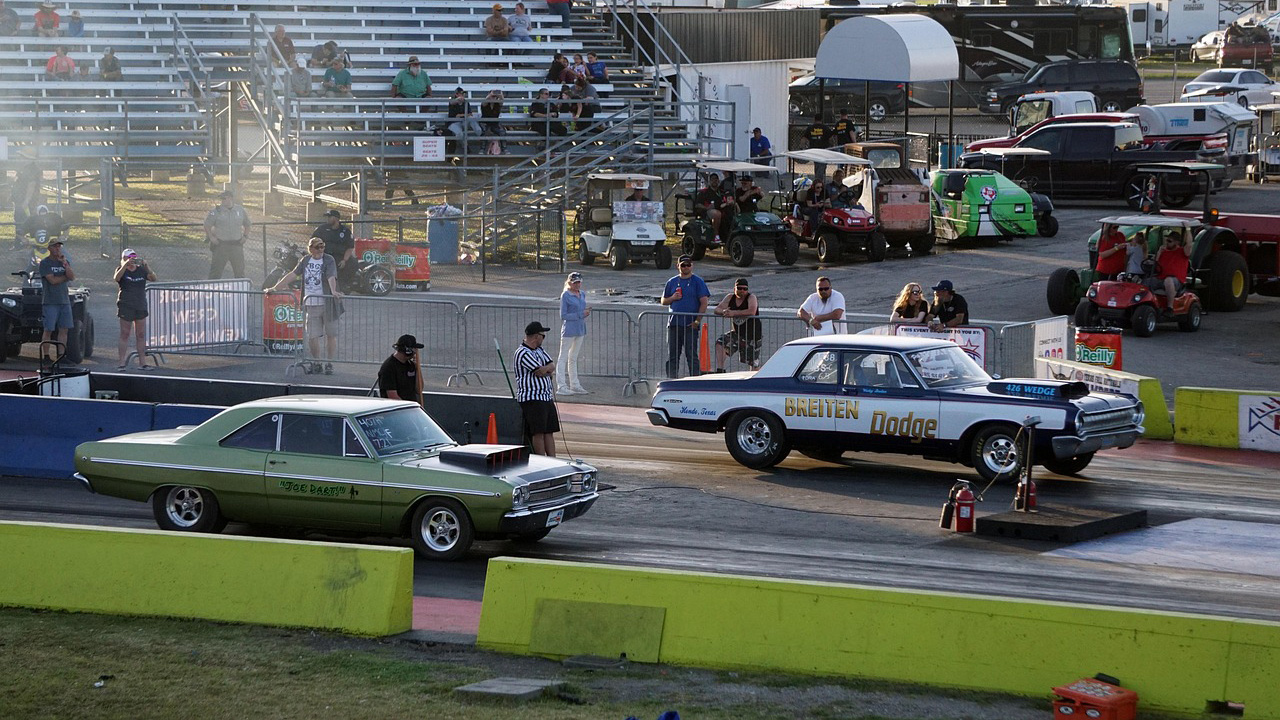
Leave a Reply